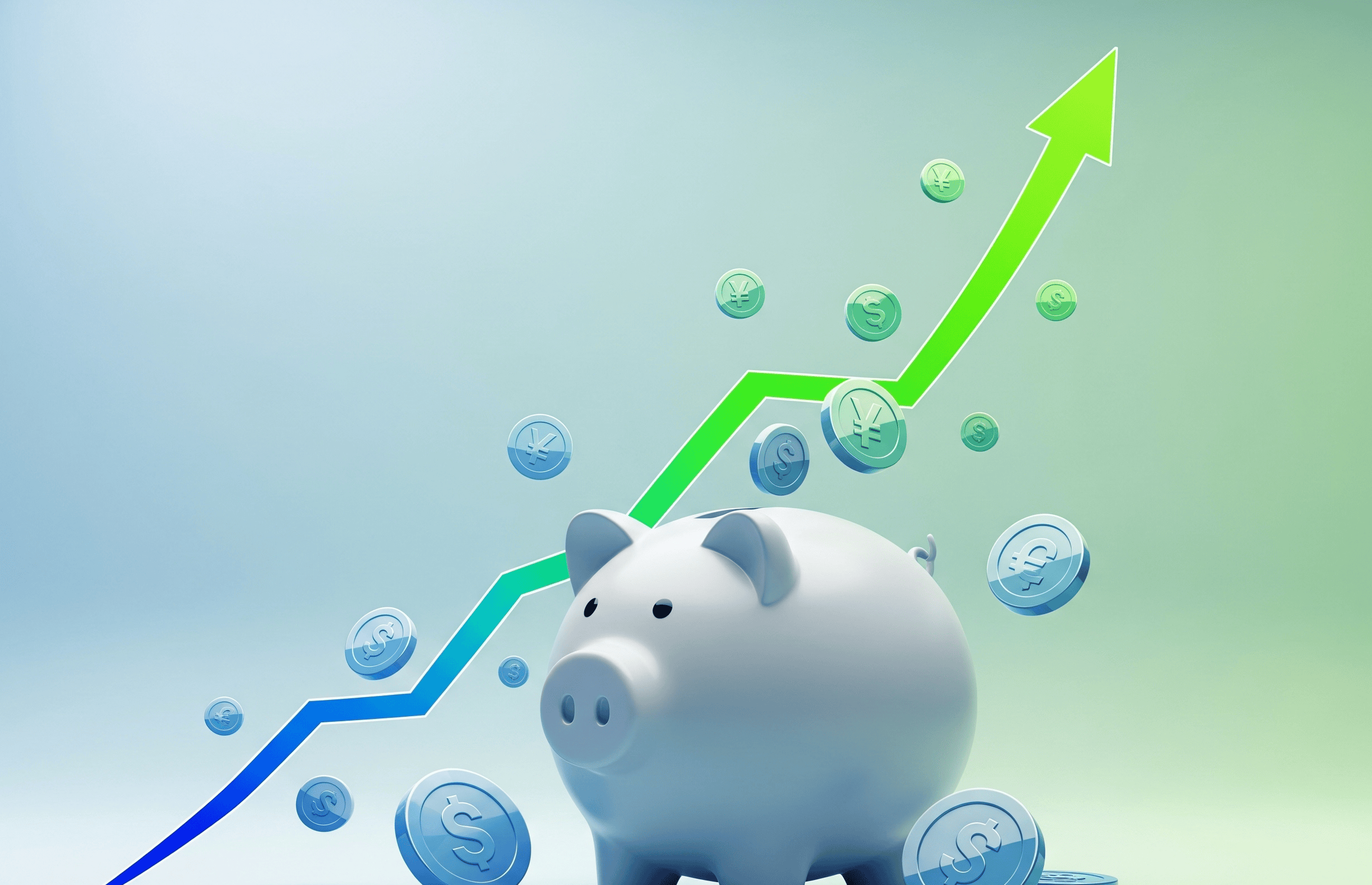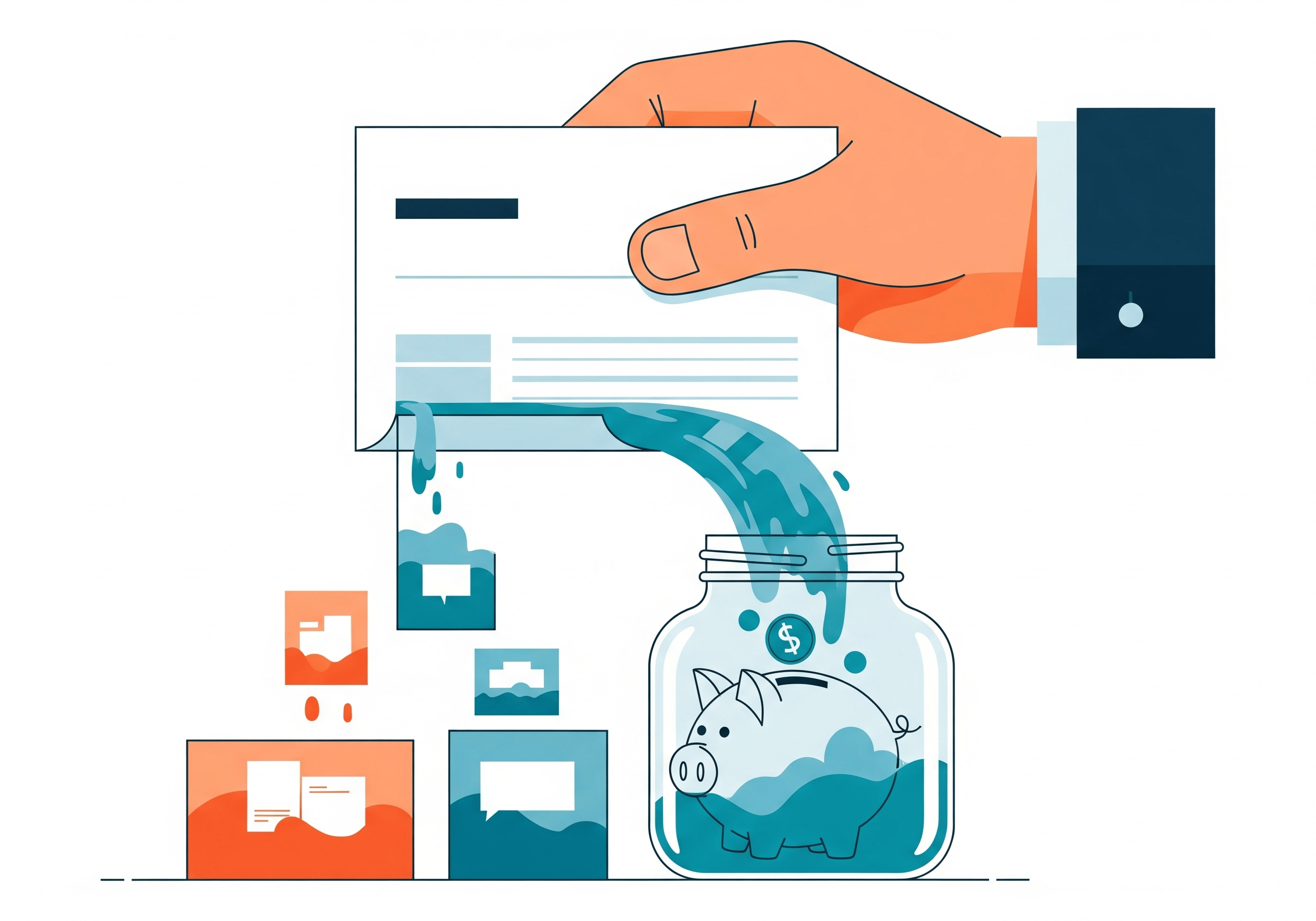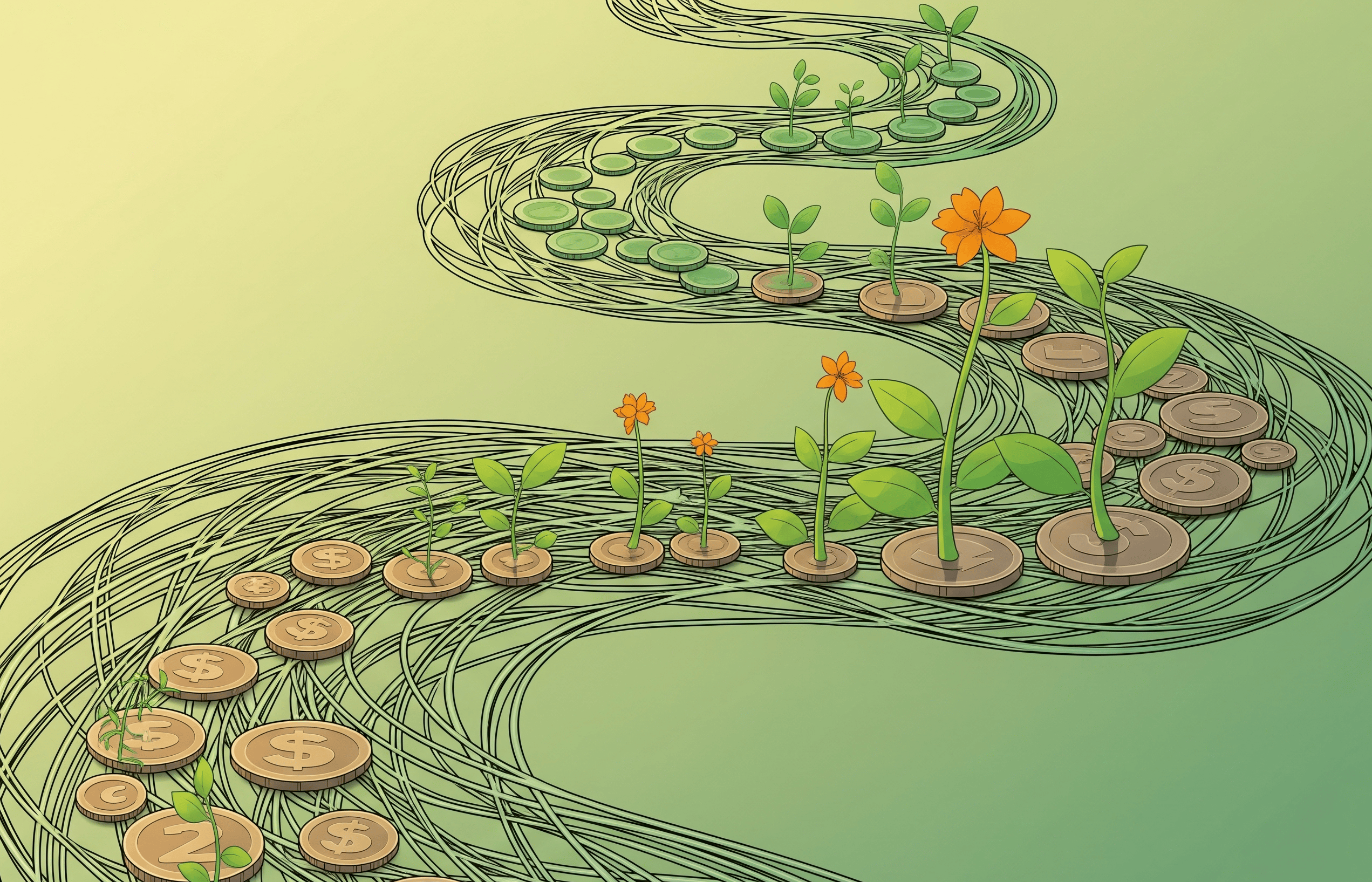Understanding the Average Savings Numbers
According to the most recent data from the Federal Reserve's Survey of Consumer Finances, the median savings account balance among Americans is about $5,300, while the average balance is much higher at $41,600. That gap tells us a lot: the average is skewed by a small number of high-income households with very large balances.
Recent research from Bankrate and LendingClub found that more than 60% of Americans live paycheck to paycheck, and nearly 1 in 4 have no emergency savings at all. Even among high-income earners making over $100,000 per year, about 40% say they still live paycheck to paycheck [source: https://www.lendingclub.com/company/press-releases/2024].
What this means is that while some Americans have healthy savings, many don’t. It’s not just about income. It’s also about inflation, debt, and limited access to financial tools.
Why Most Americans Struggle to Save
Several factors contribute to low savings rates across the country. The first is the rising cost of living. According to the U.S. Bureau of Labor Statistics, consumer prices in categories like rent, groceries, and healthcare have risen faster than wages for many workers over the last decade.
Another key issue is high-interest debt, especially from credit cards. The Federal Reserve Bank of New York reports that Americans now hold over $1.1 trillion in credit card debt, which makes it hard to set money aside for savings.
Student loans also play a role. As of early 2025, nearly 44 million Americans still hold federal student debt. For many, this creates monthly payments that compete directly with the ability to build an emergency fund or save for the future.
Emergency Funds vs. Long-Term Savings
When people talk about “savings,” they’re often mixing two very different goals:
- Emergency savings: Quick-access cash that helps cover unexpected expenses like car repairs or medical bills.
- Long-term savings: Money for bigger goals like buying a home, retirement, or building wealth.
Financial advisors typically recommend that every adult have three to six months of expenses saved in an emergency fund. Yet most Americans don’t meet that benchmark. In fact, Bankrate’s 2024 Emergency Savings Report shows that only 44% of U.S. adults could cover a $1,000 emergency with savings.
The takeaway? Many people are saving, but not enough to weather even a short-term financial shock. And without that base, long-term savings becomes even harder to achieve.
How to Build Savings While Improving Your Credit
If you’re in that boat — living paycheck to paycheck with little savings — you’re not alone. But there are new tools designed specifically to help people build both savings and credit at the same time.
That’s where Cheers Credit Builder comes in. Cheers offers a unique solution: you make monthly payments into a locked, FDIC-insured account. Your payments are reported to all three credit bureaus, helping build a strong credit history. When the loan ends, you get your money back (minus interest). So, by the time you’ve built a better credit score, you also have savings waiting for you.
This approach works especially well for people who:
- Have no credit or low credit scores
- Want to build credit without a credit card
- Struggle to set aside savings on their own
Cheers charges a fixed 12% APR and has no hidden fees. It’s available in all 50 states and works without a credit check — which makes it especially accessible for younger adults or new immigrants.
Smart Steps Toward Financial Security
If your savings account looks lower than you’d like, you’re not behind — you’re just part of the reality many Americans face. But that doesn’t mean staying stuck. Here are a few proven ways to move forward:
- Start small. Even $25 a month can grow over time and build good habits.
- Automate your savings. Tools like Cheers help automate progress so you don’t have to think about it.
- Prioritize high-interest debt. Pay off what costs you the most each month.
- Track your spending to find new opportunities to save.
- Use credit-building tools that double as savings plans.
Saving money while managing credit is hard, but combining the two can make the process easier, faster, and more rewarding.
References:
- LendingClub Paycheck to Paycheck Report
https://ir.lendingclub.com/news/news-details/2023/Nearly-60-of-Credit-Cardholders-in-the-U.S.-Live-Paycheck-to-Paycheck/default.aspx - Federal Reserve Survey of Consumer Finances
https://www.federalreserve.gov/econres/scfindex.htm - Bankrate Emergency Savings Survey
https://www.bankrate.com/banking/savings/emergency-savings-report/ - U.S. Bureau of Labor Statistics CPI Data
https://www.bls.gov/cpi/
Federal Reserve Bank of New York Household Debt and Credit Reporthttps://www.newyorkfed.org/microeconomics/hhdc.html


















